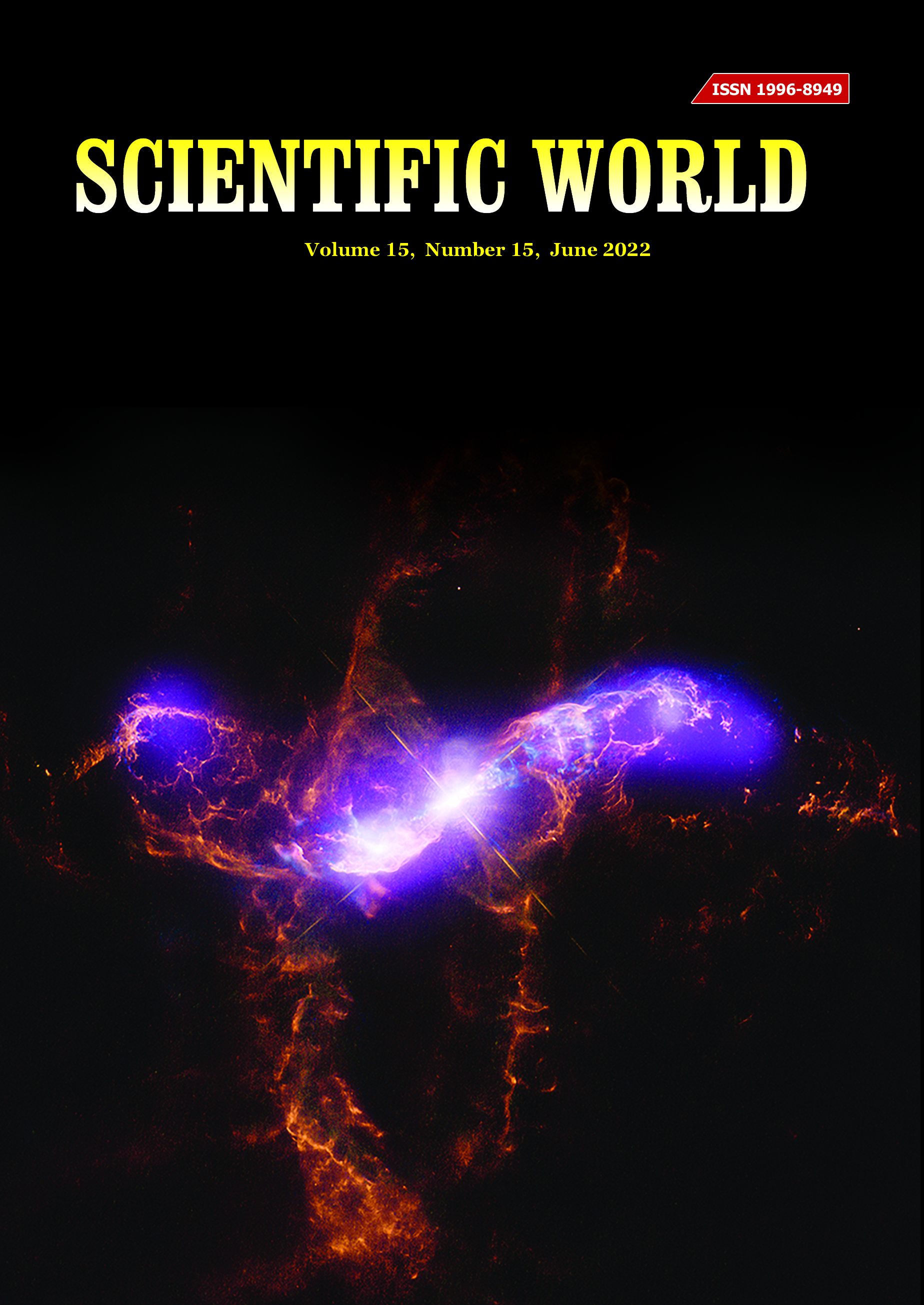Quality appraisal of drinking water from different sources in Nepal
DOI:
https://doi.org/10.3126/sw.v15i15.45656Keywords:
Water sources, Physico-chemical parameters, Microbiological parameter, NDWQSAbstract
This research was investigated to evaluate the quality assurance of water from different sources. All together 250 water samples (135 well water, 48 boring water, 50 treated water, and 17 tap water) were received from different parts of Nepal from December 2019 to April 2020. The physicochemical parameters of water samples were performed according to the standard methods for the examination of water and wastewater. The membrane filtration technique was applied for the determination of Total Coliform bacteria. The measurements of water quality parameters were compared with the upper and lower limits of the National Drinking Water Quality Standards (NDWQS), 2005. Out of 135 well water samples, pH (1.48%), conductivity (2.22%), turbidity (42.96%), total hardness (4.44%), iron (54.07%), ammonia (48.88%), and nitrate (2.22%) elevated values compared to National Drinking Water Quality Standards, 2005. Likewise, 2.08%, 6.25%, 64.58%, 4.1%, 47.91%, and 58.33% of boring water samples showed higher values than the National Drinking Water Quality Standards for pH, conductivity, turbidity, total hardness, iron, ammonia, respectively. Conductivity, total hardness, chloride, and iron were found below the standards for both treated and tap water samples. Arsenic concentration was found within the standard for all water samples while 0.74% of well water samples showed a higher concentration of chloride compared to the standard. Results revealed that the minimum and maximum concentrations of some parameters were found to vary among the water sources. Among the total water samples, 94.8% well water, 76.4% tap water, 56.0% treated water, and 14.6% boring water samples showed the presence of coliform bacteria. This concludes that most of the water sources were polluted with fecal contamination and without proper purification may lead to the risk of waterborne diseases. Therefore, systematic and regular monitoring of water sources should be implemented to maintain water quality.




